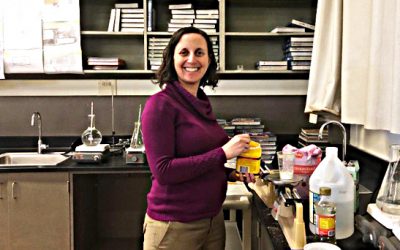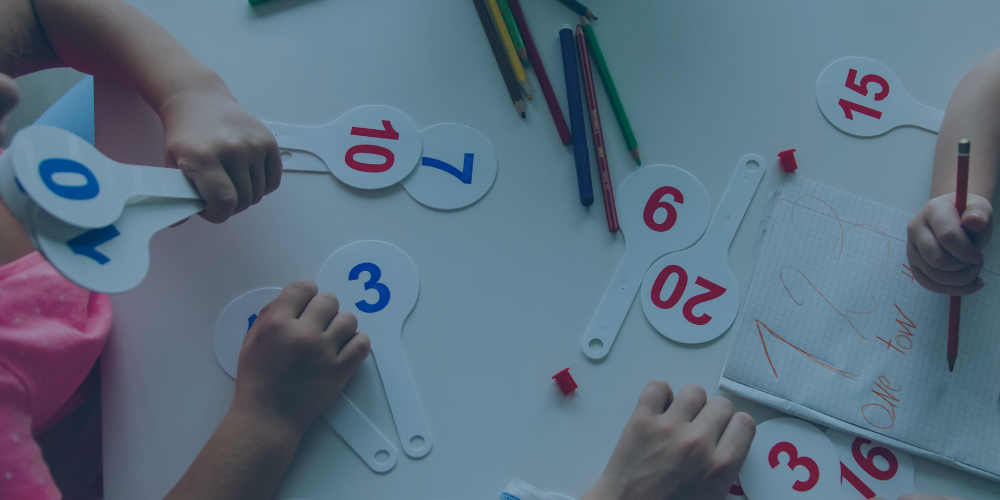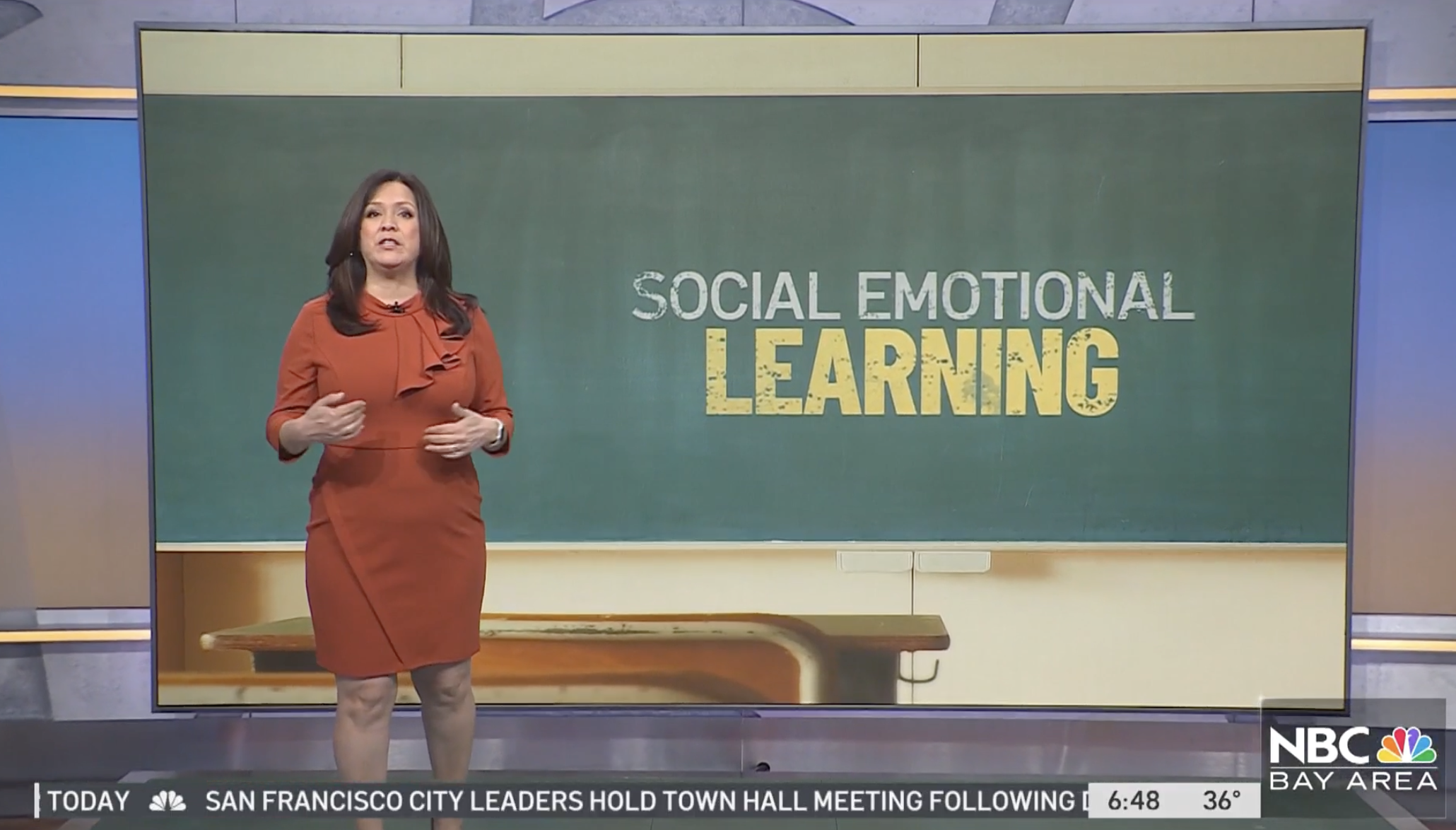Surprises from Bloom’s “2 Sigma Problem”
I recently heard Jim Shelton, President of Chan Zuckerberg Education, speak about Benjamin Bloom’s famous paper from the 1980s, “The 2 Sigma Problem.” Jim’s talk encouraged me to reread that paper and marvel at what a great framework Bloom gave us to think analytically about education interventions.
In a nutshell, Bloom’s 2 Sigma work showed that students who are tutored one-to-one or in small groups perform two standard deviations (“2 sigma”) better than students in conventional classrooms. This means that the average tutored student performed better than 98% of the conventional classroom students. While these findings are exciting, Bloom pointed out that back in the 1980s tutoring was too expensive for our education system to provide for every student. “Ah,” you may be thinking, “But in 2017 can’t we just plop students in front of computer screens and give each one his or her own tutor via artificial intelligence?” Not so fast! How Bloom’s work relates to personalized learning may surprise you.
In his paper, Bloom does mention computer learning courses, but he does not jump to the conclusion that all we need is technology to deliver cognitive tutoring experiences. Rather, Bloom proposes a different conclusion: we need to combine multiple learning interventions to achieve 2 sigma. And most importantly, the learning interventions we choose need to be to additive. For example, combining “Intervention A” (impact = 0.6 sigma) plus “Intervention B” (impact = 0.4 sigma) will not necessarily add up to 1 sigma. Instead, it might add up to only 0.8 sigma if both interventions take place in the classroom and their benefits overlap.
So what are the interventions Bloom focuses on that are additive? I will share the combination I found most interesting:
The first intervention is “mastery learning,” whereby classroom teachers collect feedback on what their students know by having them take formative assessments. Teachers then divide their students into groups, giving corrective procedures to the students who have not mastered the material and extension activities to the ones who have. All of this is followed by a second round of formative assessments to determine the extent to which the students have mastered the subject matter. In Bloom’s earlier work on mastery learning, he found that students who received this intervention performed 1 sigma better than students in the conventional class.
The second intervention is one designed to strengthen students’ family support at home, which Bloom found can result in between a 0.5 to 1 sigma effect on student achievement. Bloom states, “Because parent support takes place in the home and ML [Mastery Learning] takes place in the school, we expect that these two effects will be additive. The result should be close to a 2 sigma improvement in student learning.”
Here is where technology and personalized learning come in. Technology has advanced tremendously since Bloom wrote his paper—I dare say it has finally “arrived.” Yet I argue that instead of using technology to replace “the human tutor” referenced in Bloom’s paper , we should instead determine how to best leverage technology combined with professional development to strengthen the two interventions described above: (1) mastery learning, and (2) family support at home.
What could this look like? Let me share an example from Du Bois Integrity Academy, a PowerMyLearning partner school in Atlanta. There, we have provided coaching to Mr. Freeman, a fourth grade teacher, whose approach to personalized learning now includes key elements of mastery learning in the classroom and teaming up with the families of his students to strengthen family support at home. During school hours, Mr. Freeman gives his students formative assessments. He uses the results to group his students and provide them with “correctives” and “enrichment” (through our learning platform – PowerMyLearning Connect, manipulatives, and paper-based activities). He then reassesses them. Most importantly, Mr. Freeman teaches his students how to do these steps for themselves and thereby become self-directed learners who own their learning.
Mr. Freeman and his colleagues also use technology to enhance parent-student relationships, such as that of Mr. Freeman’s student Makayla and her father Omar. Omar says, “I feel that PowerMyLearning Connect has allowed me to know what she’s doing in class now. It’s not a mystery what she’s practicing. I know what she’s working on and I know how to help her if she did need help.” Makayla adds, “It’s important that my dad cares about my success in school because it makes me want to work harder. When he tells me he’s proud of me, it makes me want to do more.”
At PowerMyLearning, the stories from Mr. Freeman, Omar, and Makayla fuel our efforts to work hard on new technologies and PD offerings that will enhance the level of support teachers can give to families at home and to students in the classroom. Now is a key moment of opportunity for accelerating our efforts nationwide so we can demonstrate the ideas Bloom put forward in his paper and achieve that second sigma once and for all.
Stay tuned for more on this exciting endeavor…
This article originally appeared in PowerMyLearning’s January 2017 Newsletter.


